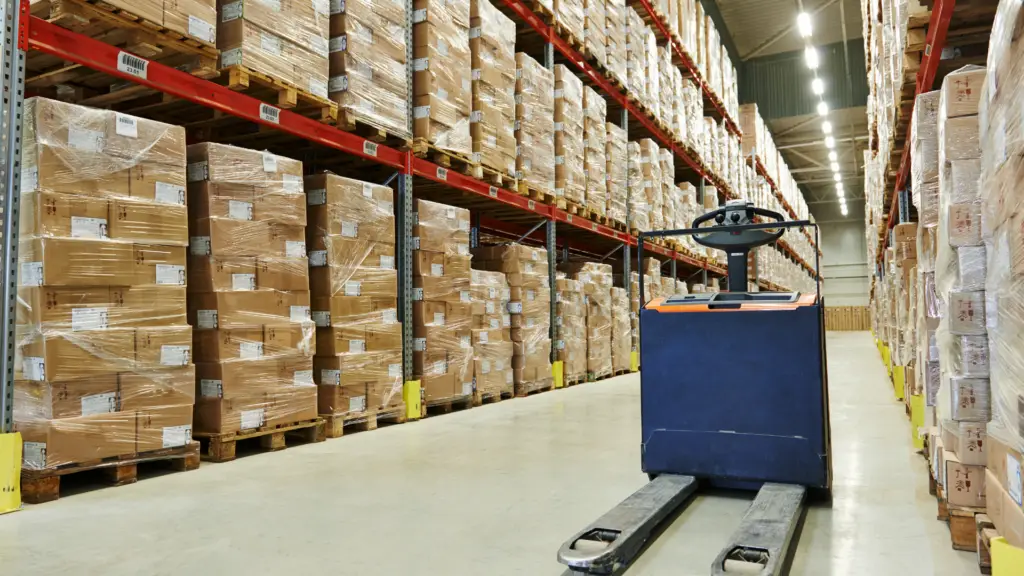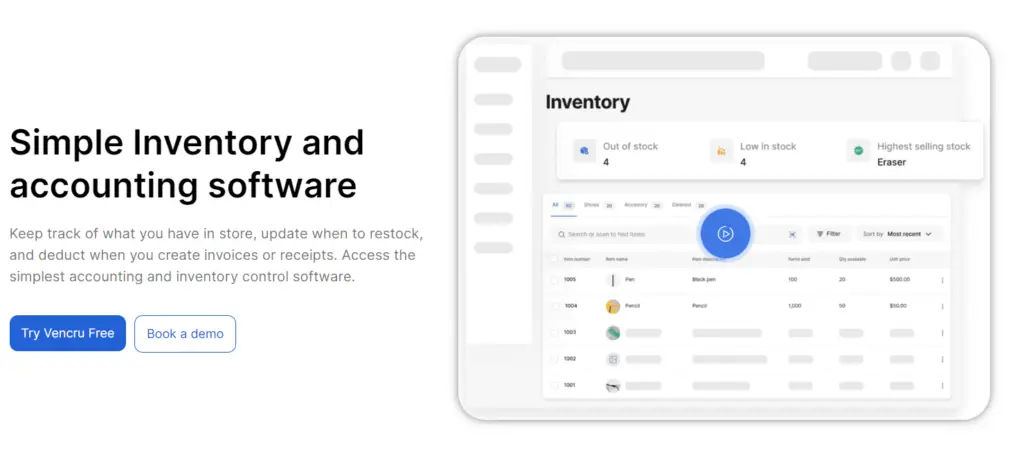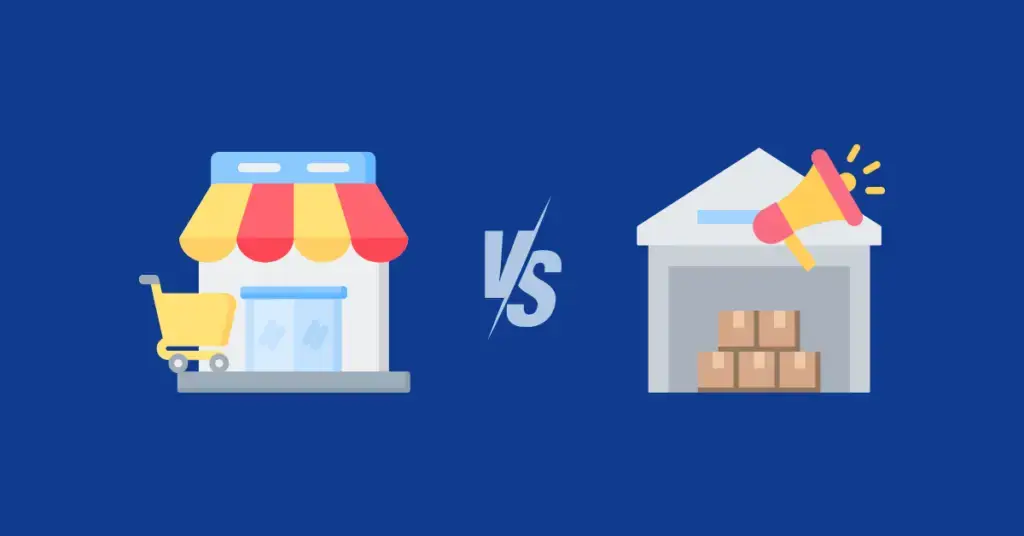Navigating the world of commerce requires a clear understanding of retail and wholesale businesses. While interconnected, these two models operate distinctly, impacting pricing strategies, target markets, and overall business operations. This blog delves into the core differences between retail and wholesale, explores how they work, and provides insights into effective pricing strategies.
- What is Retail?
- What is Wholesale?
- What is the difference between Wholesale and Retail
- Retail and Wholesale Pricing Strategies
- Wholesale vs. Retail: Which is Right for You?
What is Retail?

Retail is the sale of goods or services directly to the end consumer for personal use. Retail businesses represent the final step in the supply chain, selling goods directly to end consumers. The retail model focuses on providing a wide variety of products to meet consumer demand, often with a significant markup to cover costs and generate profit. Examples of retail businesses are fashion boutiques, electronics retailers, supermarkets, and e-commerce giants like Amazon.
How Does Retail Work?
Retail is the final link in the supply chain that connects manufacturers or producers to the end-user. It involves various activities and stages that ensure products reach the end customer efficiently.
- Sourcing Products: Retailers begin by sourcing products from manufacturers, wholesalers, or distributors. They negotiate prices, determine quantities, and establish delivery schedules to ensure they meet customer demand.
- Inventory Management: Retailers use inventory management systems to track stock levels, manage reorders, and monitor sales patterns. This helps to maintain optimal inventory levels, avoiding both stockouts and excess inventory.
- Product Display: In physical stores, products are arranged in a way that attracts customers, using visual merchandising techniques. Online retailers use detailed product descriptions, high-quality images, and user-friendly navigation to enhance the shopping experience.
- Marketing and Promotions: Retailers employ various marketing strategies to attract customers, such as advertising, sales promotions, loyalty programs, and social media campaigns.
- Sales Process: The sales process in retail involves assisting customers, processing transactions, and providing excellent customer service. Retail staff play a significant role in helping customers find products, answering queries, and ensuring a smooth checkout process.
- Customer Service: Providing exceptional customer service is key to retaining customers and encouraging repeat business. Retailers offer services such as return and exchange policies, warranty support, and customer feedback mechanisms to enhance the overall shopping experience.
- Order Fulfillment: This involves picking, packing, and shipping products to customers. Efficient order fulfillment systems ensure timely delivery and accurate order processing.
- Post-Sale Support Retailers also focus on post-sale support, which includes handling customer complaints, processing returns, and providing after-sales services. This helps in building trust and long-term relationships with customers.
What is Wholesale?

Wholesale involves selling goods in bulk quantities at a lower price to retailers, businesses, or other wholesalers. Wholesale businesses act as middlemen between manufacturers and retailers. They purchase products in bulk from producers and sell them in larger quantities to other businesses rather than to end consumers. This model leverages economies of scale to offer lower prices due to high volume handling. Examples of wholesale businesses include wholesale distributors, warehouse clubs, and B2B marketplaces like Alibaba.
What Does “Wholesale Only” Mean?

“Wholesale only” refers to businesses or sellers that exclusively sell their products in bulk quantities to other businesses, such as retailers, resellers, or distributors, rather than to individual consumers. These businesses do not offer their products for sale directly to the general public. Understanding how wholesale works is key, as the focus is on large-volume sales, which typically result in lower prices per unit due to the economies of scale.
How Does Wholesale Work?
Wholesale is the practice of selling goods in large quantities at lower prices to retailers, resellers, or other businesses. Here’s an overview of how wholesale works:
- Bulk Purchasing: Wholesalers buy products in large quantities directly from manufacturers or producers at a lower cost per unit. This volume purchasing allows them to negotiate better prices.
- Distribution: After acquiring the goods, wholesalers distribute them to various retailers or businesses. They act as middlemen, making it easier for manufacturers to reach a wider market without individual sales to numerous retailers. This is a key aspect of how wholesale works.
- Storage and Logistics: Wholesalers typically manage significant storage facilities to keep large inventories of products. They handle the logistics of storing, managing, and transporting these goods to ensure timely delivery to retailers.
- Pricing: Wholesale prices are lower than retail prices because wholesalers benefit from bulk purchasing and lower operation costs. They add a markup to cover their expenses and profit but still offer competitive prices to retailers who will resell the products at a higher retail price.
- Relationships and Contracts: Successful wholesalers establish strong relationships with both manufacturers and retailers. These relationships often involve contracts that stipulate terms of purchase, delivery schedules, and payment conditions.
- Market Reach: Wholesalers expand the market reach for manufacturers by providing access to multiple retailers. This wider distribution network helps products reach a larger customer base.
Related Read: Wholesale Inventory Management Software
What is the difference between Wholesale and Retail
While both retail and wholesale involve the sale of products, they differ significantly in terms of target market, product quantity, pricing, and profit margins
| Aspect | Wholesale | Retail |
|---|---|---|
| Customer Base | Businesses (retailers, resellers) | Individual consumers |
| Sales Volume | Fewer transactions of large quantities | Numerous transactions of smaller quantities |
| Pricing Strategy | Lower prices per unit | Higher prices per unit |
| Profit Margins | Lower margins | Higher margins |
| Marketing Focus | B2B (Business to Business) | B2C (Business to Consumer) |
| Inventory Management | Large-scale, bulk management | Smaller-scale, diverse product management |
| Relationship Building | Focus on long-term business relationships | Focus on customer experience and loyalty |

Retail and Wholesale Pricing Strategies
Effective pricing strategies are crucial for retail and wholesale businesses to work, remain competitive and profitable. To accurately calculate retail and wholesale prices, it’s important to understand what does each pricing model entails and the factors that influence these prices
What is Retail Price?
Retail price is the final amount a consumer pays for a product or service at a retail store. This price includes the cost of goods sold (COGS), operating expenses, and a profit margin for the retailer. Retail prices are set by businesses to cover their costs and ensure profitability while being competitive enough to attract customers.
How to work out Retail Price
Several methods can be used to find how to calculate retail price:
- Cost-Plus Pricing: Add a desired markup percentage to the cost of goods sold (COGS) to determine the retail price
Formula: COGS + (COGS * Markup Percentage) - Markup-Based Pricing: Determine the desired markup percentage and apply it to the wholesale price.
Formula: Wholesale Price + (Wholesale Price * Markup Percentage) - Competitive Pricing: Analyze competitor prices and adjust your pricing accordingly.
- Value-Based Pricing: Set the price based on the perceived value of the product to the customer.
- Dynamic Pricing: Adjust prices based on demand, competition, and other factors.
- Promotional Pricing: Offering discounts and promotions to attract customers.
What is Wholesale Price?
The wholesale price is the cost at which goods are sold by a manufacturer or wholesaler to retailers or other businesses. This price is typically lower than the retail price because it involves bulk purchasing, which allows wholesalers to offer discounts. The wholesale price covers the production cost, logistics, and profit margin for the wholesaler.
How to Calculate Wholesale Price
There are several methods to determine the wholesale price:
- Cost-Plus Pricing: Sum up the cost of goods sold and operating expenses directly related to the product and add a desired profit margin.
Formula: COGS + (COGS * Markup Percentage) - Competitive Pricing: Research the wholesale prices offered by competitors for similar products and based on your competitive analysis, determine a wholesale price that is competitive yet profitable.
- Value-Based Pricing: Price the product based on its value to customers rather than solely on cost.
Factors for Determining Wholesale Price vs. Retail Price
When determining wholesale and retail prices, businesses consider several factors:
- Cost of Goods Sold (COGS): Calculate the total direct costs involved in producing or purchasing the product. Accurately determining COGS is crucial for setting a price that covers costs and allows for profit.
- Market Demand: Access the level of demand for the product in the market. Additionally, take note of sensitivity to set prices that attract buyers while ensuring profitability.
- Competition: Analyze competitor wholesale prices and market norms to set prices that align with industry expectations, helping maintain a competitive edge.
- Value Perception: How customers perceive the value of a product or service is a critical factor in determining its price as it directly influences their willingness to pay.
- Operation Costs: Consider additional costs related to running the business such as overhead, marketing, and promotional costs in your pricing strategy.
- Profit Margin: Markup is the percentage added to COGS to set the price. Understanding both markup and margin is essential: markup is the percentage added to the cost, while margin represents the percentage of the retail price that is profit.
Wholesale vs. Retail: Which is Right for You?
The choice between a retail or wholesale business depends on various factors, including your target market, available resources, and business goals.
- Retail: A retail business might be suitable if you enjoy direct customer interaction and have the capital to invest in inventory and store operations.
- Wholesale: If you have a strong understanding of the market and can manage bulk inventory, a wholesale business could be a viable option. Knowing how wholesale works will further enhance your ability to succeed in this field.
By carefully considering the pros and cons of each model, you can make an informed decision about the best business structure for you.
Related Read: How to manage inventory as a wholesale or retail business
Enhance Retail and Wholesale Management with Vencru

Running a retail or wholesale business involves numerous tasks, from inventory management and sales tracking to customer relationship management and financial reporting. To streamline these operations, consider leveraging Vencru, an all-in-one business management software designed with features like:
- Real-Time Tracking: Keep track of your inventory in real-time, ensuring that you always know what’s in stock and what needs to be reordered and predict seasonal trends.
- Low Stock Alerts: Receive notifications when stock levels fall below a set threshold, preventing stockouts and ensuring continuous product availability.
- Sales Tracking: Monitor sales performance across different products and periods, helping you identify best-selling items, understand customer preferences, and adjust your pricing strategies accordingly.
- Customer Profiles: Maintain detailed profiles of your customers, including purchase history, contact information, and preferences.
- Expense Tracking: Record and categorize all business expenses, making it easier to manage budgets and control costs.
- User-Friendly Interface: Vencru’s intuitive interface makes it easy for anyone to use, regardless of their technical expertise.
Conclusion
Understanding the world of commerce requires a clear understanding of both retail and wholesale businesses. Knowing what retail price is and how wholesale works are fundamental to setting effective pricing strategies. Businesses can thrive in competitive markets by recognizing the distinct models, practices, and target audiences of retail and wholesale sectors. Whether you’re determining retail prices or understanding the intricacies of wholesale operations, this knowledge is crucial for making informed decisions. Implementing the insights and strategies discussed in this blog will help ensure your business remains competitive and profitable in retail and wholesale.
Start using Vencru here or book a demo to drive your retail or wholesale business success.
Related Content






